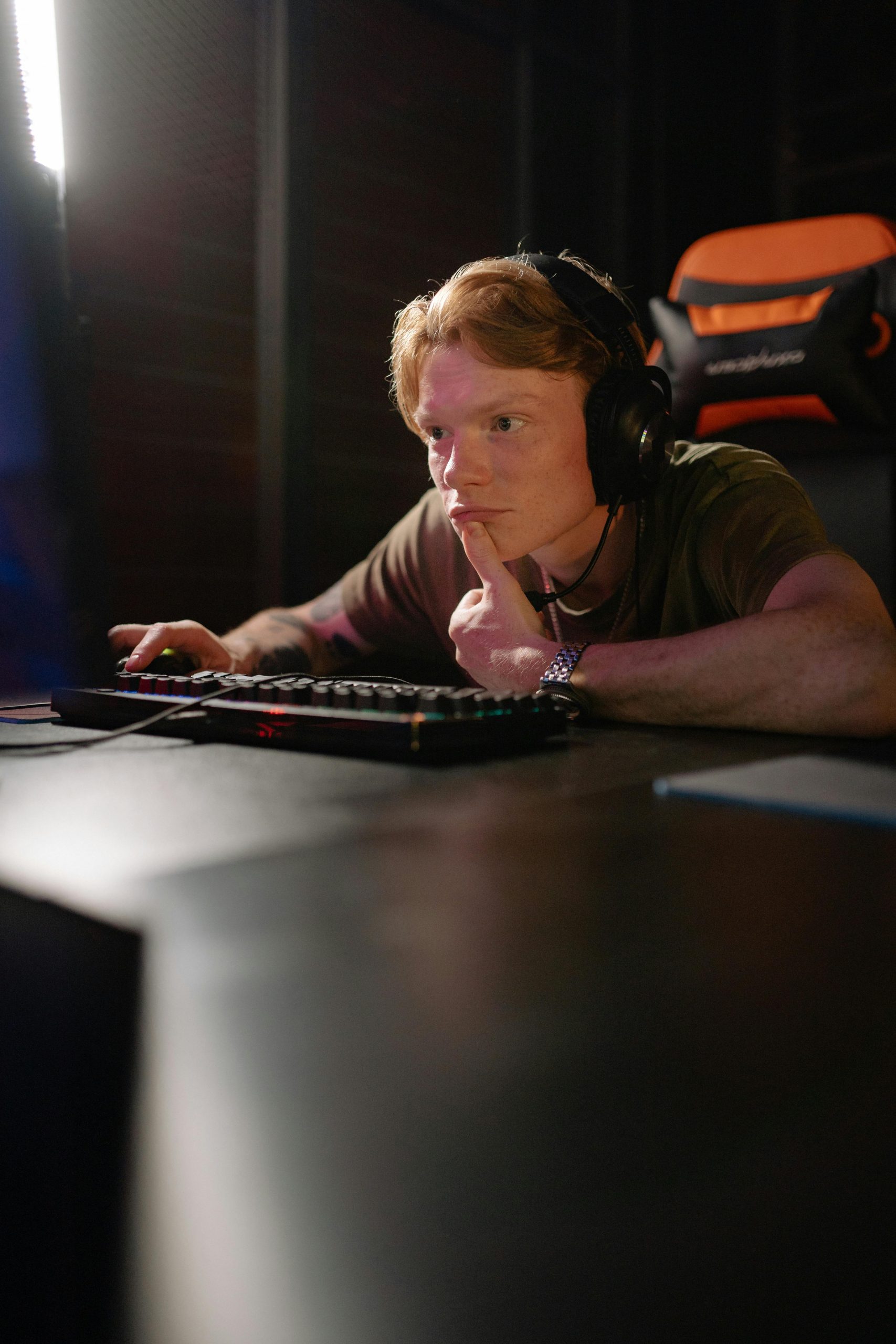Troubleshooting System Crashes During Graphics-Intensive Gaming: Causes and Solutions
Experiencing unexpected restarts or crashes during high-end gaming sessions can be both frustrating and disruptive. If your PC consistently reboots or crashes while playing demanding titles such as God of War or Cyberpunk 2077, it’s essential to systematically diagnose the root cause to ensure a smooth gaming experience.
Understanding the Symptoms
In many cases, system crashes during gaming can stem from various hardware or software issues. Notably, recent reports indicate that temperatures remain within safe thresholds—typically around 65–70°C—rarguing against overheating as the primary culprit. Therefore, alternative causes such as power supply deficiencies, hardware incompatibilities, or driver conflicts should be considered.
Potential Causes for System Instability
-
Insufficient or Faulty Power Supply (PSU):
Even with a reputable unit like the Silverstone Strider Plus 700W, issues can occur if the power supply is aging, faulty, or unable to deliver consistent power under load. -
Hardware Compatibility and Configuration:
Sometimes, component mismatches or improper BIOS settings can lead to instability during intensive workloads. -
Graphics Card Issues:
GPU-related problems, such as driver conflicts or hardware faults, may cause crashes during graphically demanding operations. -
Driver and Software Conflicts:
Outdated or corrupt drivers can interfere with system stability, especially during high GPU utilization.
Recommended Diagnostic and Troubleshooting Steps
- Update Graphics Drivers:
- Ensure you have the latest GPU drivers installed directly from AMD.
-
Use tools like DDU (Display Driver Uninstaller) to completely remove old drivers before installing fresh ones.
-
Monitor System Temperatures and Power Consumption:
- Use monitoring tools such as HWMonitor or MSI Afterburner to track CPU, GPU temperatures, and power draw.
-
Confirm that temperatures remain within safe limits during gameplay.
-
Test the Power Supply:
- Consider testing your system with a known-good PSU if available.
-
Check for any physical signs of power supply failure, such as unusual noises or smells.
-
Check System Stability:
- Run stress tests on the CPU and GPU separately to verify stability.
-
Use tools like Prime95 for CPU and FurMark for GPU.
-
Update BIOS and Motherboard Drivers:
- Visit ASUS’s official website
Share this content:



